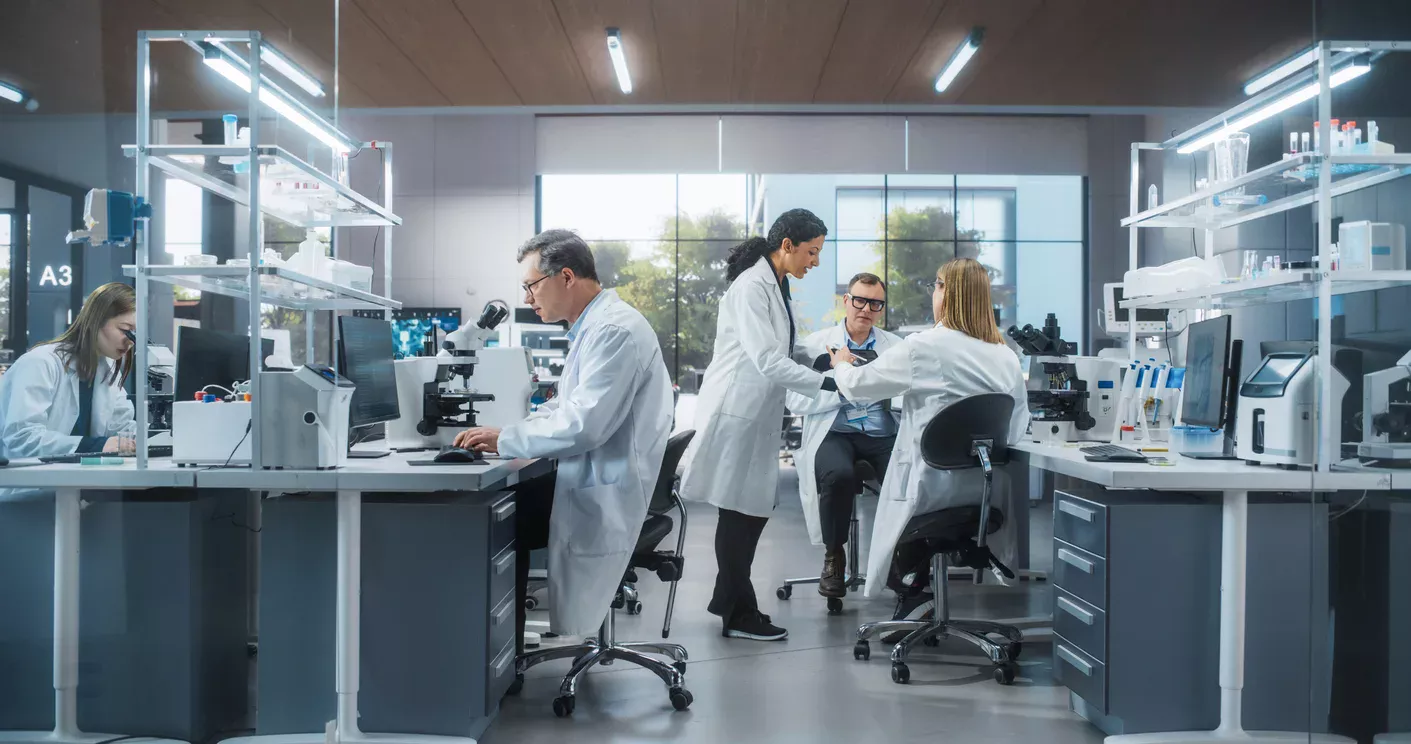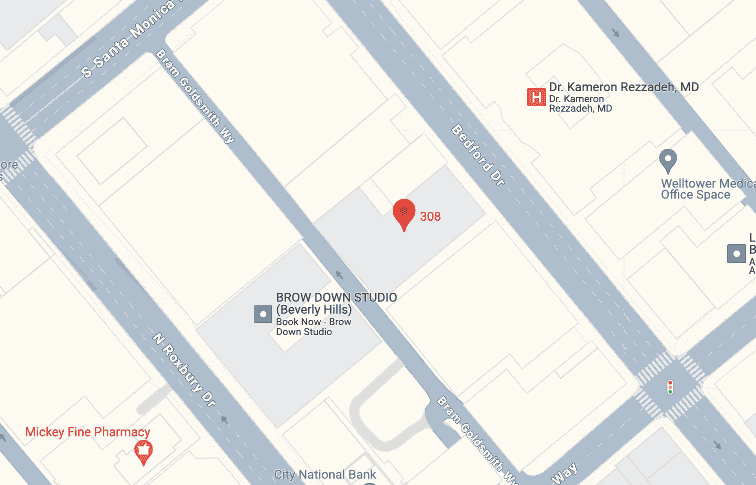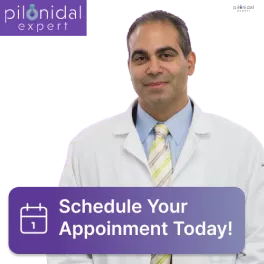To find relief from a pilonidal cyst, it is crucial that one seeks assistance from an expert. We at Pilonidal Expert know how daunting it can be for someone making their first doctor’s visit. This guide has therefore been created as a roadmap of what to anticipate when visiting a physician who deals with pilonidal cysts for the first time. Our pilonidal cyst doctor will thoroughly examine your condition, explain treatment options available and ensure that you are at ease during your entire stay.
Your first visit: What you should expect
Our goal is to ensure that you have an informed, serene and confident experience with your treatment choices, whenever you consult what doctor treats Pilonidal cyst for the first time. This is basically what happens during your initial visit.
1. Thorough medical history
 The first step is to gather your medical history. We will ask about when your symptoms started, how intense they are, and if you have had any previous problems with pilonidal cysts. Your standard fitness history is also essential as it makes it easier for us to understand all the underlying elements that could be contributing to your situation.
The first step is to gather your medical history. We will ask about when your symptoms started, how intense they are, and if you have had any previous problems with pilonidal cysts. Your standard fitness history is also essential as it makes it easier for us to understand all the underlying elements that could be contributing to your situation.
At this stage, please feel free to share any issues or questions you have. Our Pilonidal Cyst Doctors are here to focus and provide reassurance. Whether you’ve managed cysts before or this is your first, we’ll use these records to guide you through the next steps in your care.
2. Physical Examination
We conduct a physical evaluation after scrutinizing through your medical record. The method is simple and fast, whereby the doctor will look at the region around your coccyx to estimate cyst size, location and extent.
Although a few patients may feel a little uncomfortable, we prefer to make the exam as comfortable and manageable as possible. Our group is experienced in the treatment of pilonidal cysts, so you can relax knowing that you will be successful. A physical exam provides crucial insight into whether the cyst is infected, requires immediate treatment, or can be monitored over time.
3. Diagnosis and discussion of treatment options
After an examination, your Pilonidal Cyst Doctor will give you a prognosis. If the cyst is small and no longer infected, conservative treatment alternatives including improved hygiene, hair removal and warm compresses may be approved to save you from further complications.
However, if the cyst is infected or has caused an abscess, more in-depth treatment may be necessary. In such cases we are able to talk about different alternatives along with drainage or surgical treatment to remove the pilonidal cyst.
Our team will carefully explain each treatment alternative, its benefits, and risks involved so that you can make an informed decision. Additionally, you will have the opportunity to invite questions and receive certain answers regarding the recovery and aftercare system. At Pilonidal expert we are pleased to deliver honest and transparent statistics to ensure you recognize every aspect of your treatment plan.
What are your treatment options?
Even though the variety of options for treating pilonidal cysts is many, it all depends on the seriousness of your ailment. Here are the maximum common alternatives:
1. Cyst drainage
 If your cyst is infected, the first step may be to drain it. This method involves making a small incision to remove the fluid and particles trapped inside. It is a short ambulatory system that offers immediate comfort from pain and swelling. You can count on a same-day home visit with instructions on how to care for the area to prevent recurrence.
If your cyst is infected, the first step may be to drain it. This method involves making a small incision to remove the fluid and particles trapped inside. It is a short ambulatory system that offers immediate comfort from pain and swelling. You can count on a same-day home visit with instructions on how to care for the area to prevent recurrence.
2. Pilonidal cyst removal surgery
For extra excessive cases or routine cysts, your doctor may additionally suggest surgery to remove pilonidal cyst. This technique involves the complete removal of the cyst and its surrounding tissue to prevent fatal infections. Depending on the dimensions of the cyst, it can be completed under near or fashionable anesthesia.
The amount of time it takes for the surgical treatment of a pilonidal cyst to heal varies, but in most cases after this procedure has been done one can get back to some normal activities in no time. Following the operation, a clear aftercare plan will be availed for you to help with your recovery.
As a Pilonidal expert, our doctors have employed state-of-the-art methods that minimize the healing process after surgery hence lowering chances of recurrence allowing you to go back to doing what you do best much quicker.
3. Preventive care and long-term care
Preventing fatal pilonidal cysts is a key part of your long-term care plan. Your pilonidal cyst doctor may also suggest lifestyle modifications to help reduce the risk of recent cyst formation. In addition, they may include:
- Regular hair removal from the affected area.
- Observance of the highest hygiene.
- Wear loose fitting clothing to prevent infection.
We’ll create with you to increase a customized prevention plan that fits your lifestyle and minimizes the risk of recurrence.
Preparation for the first meeting
Prior to your first appointment with the doctor of pilonidal cyst, it is quite understandable to feel a little anxious and stressed. All you need to do is following simple steps which will see you in high spirits:
- Make note of all signs and symptoms that you are experiencing, no matter how negligible they appear.
- Carry a list of all medicines that you are now on.
- Write down any queries that you would like to direct towards your physician.
In conclusion
At Pilonidal expert we are committed to offering compassionate and expert care to patients with pilonidal cysts. If you’re ready to address your symptoms and discover remedy alternatives, our group of experienced specialists is here to help.
Schedule your first appointment today with our professional pilonidal cyst docs and take the first step closer to relief. We’ll walk you through each part of the system and get you the care you need to feel better.
Contact us now to set up your consultation and get back to living pain free!








